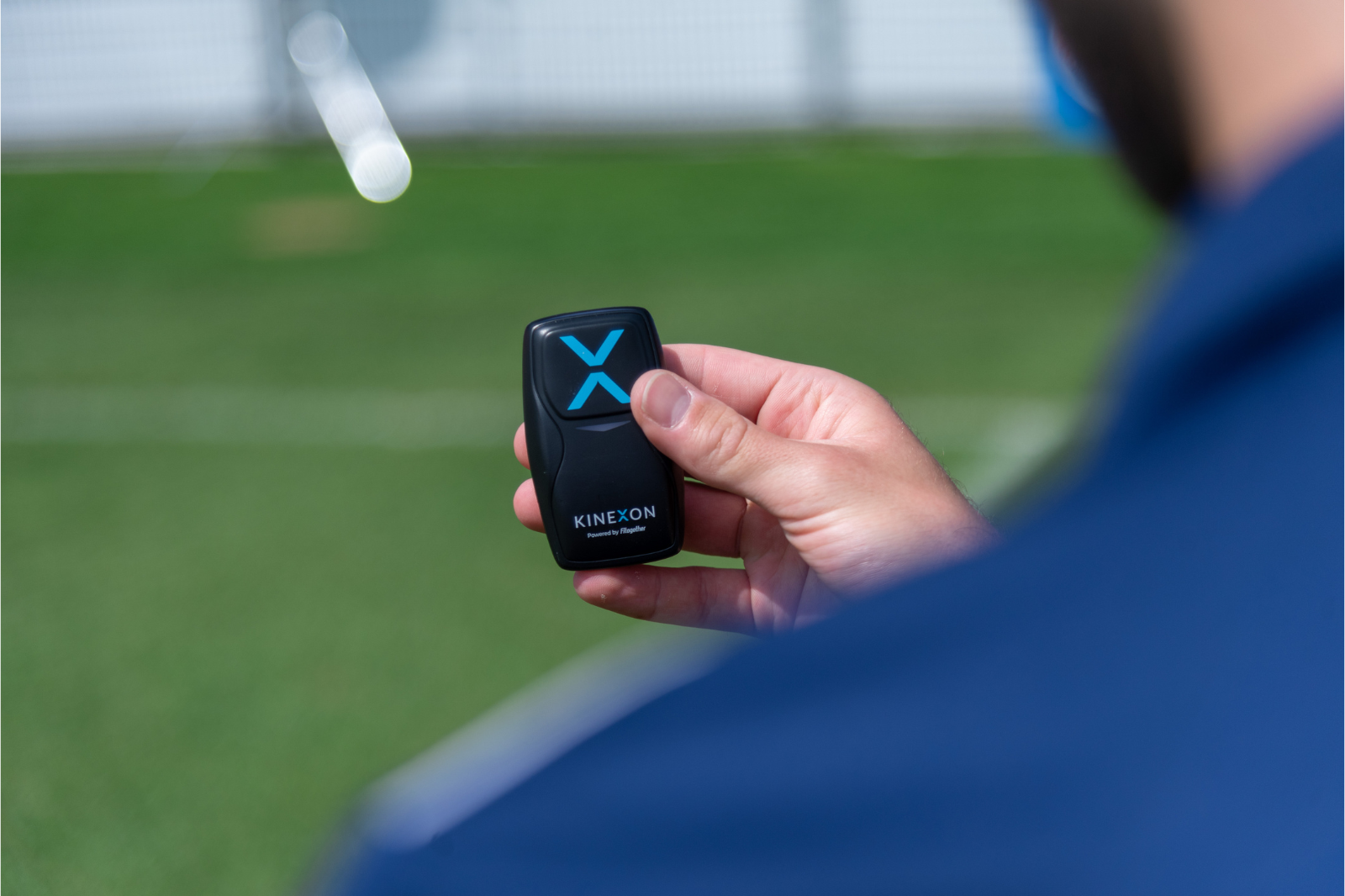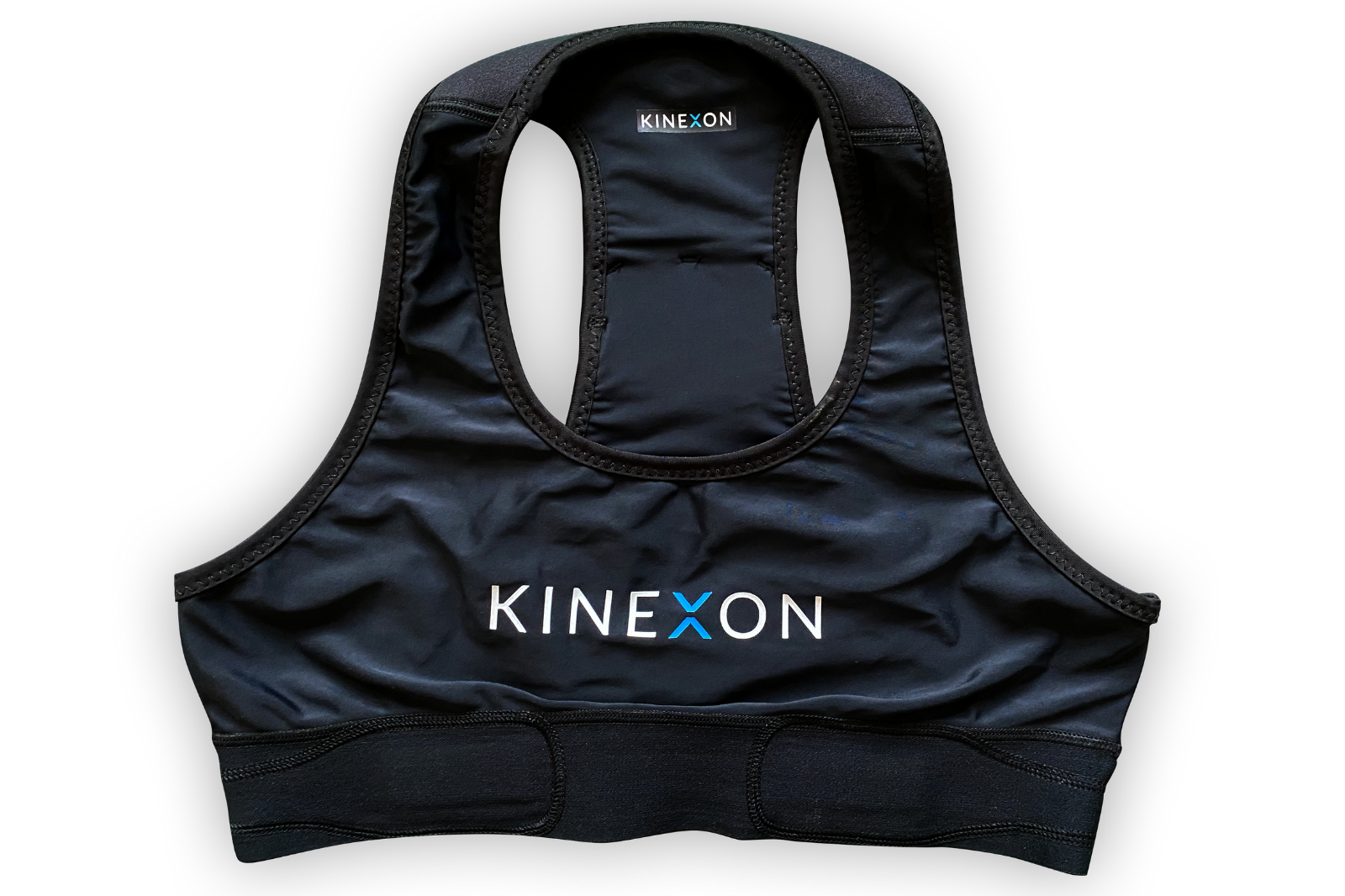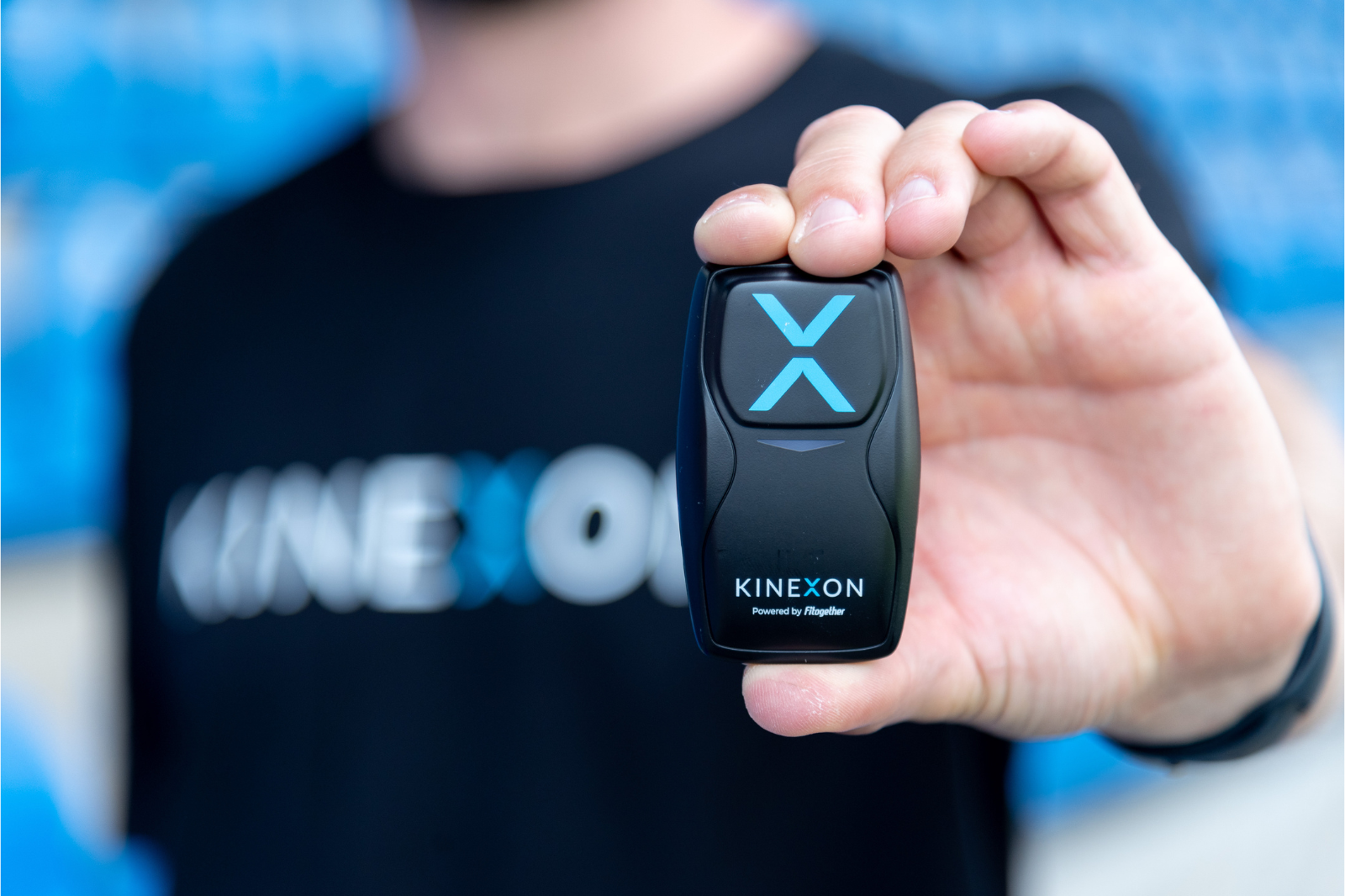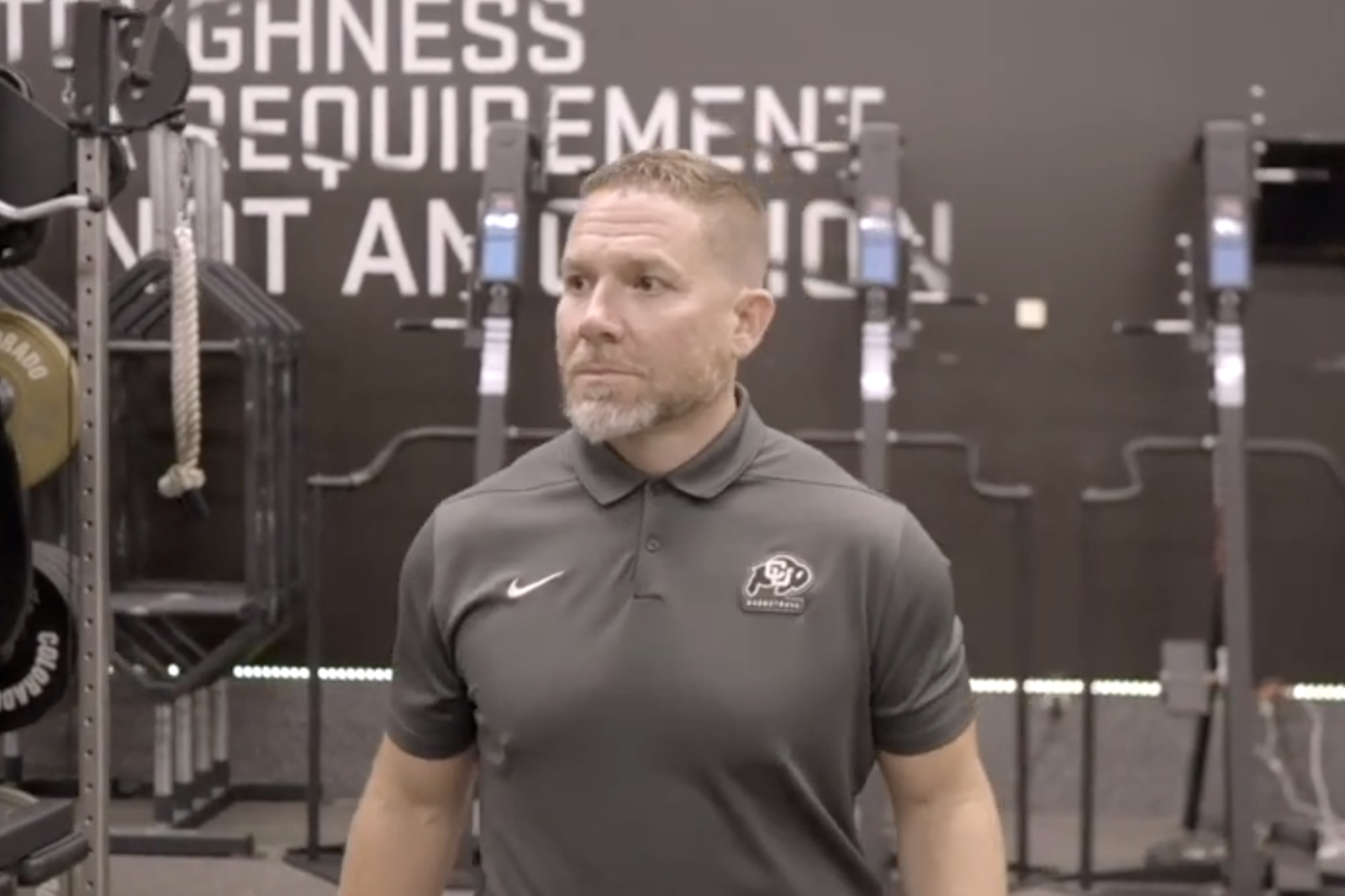Automation, accelerated: Succeeding with Digital Transformation post Covid-19
Our Vice President Digital Transformation is working hand in hand with clients and partners to address industry challenges via smart automation every day. In this blog, he shares three simple but far-reaching recommendations for companies to seize the extraordinary opportunity to automate that the pandemic disruptions created.

Dieter Krockauer, VP Digital Transformation at KINEXON, has decades of experience in facilitating digitalization strategies across industries. Most recently before joining KINEXON, he was Head of “Innovation & Technology Automotive SCM“ at Continental, a global automotive supplier. Passionate about and strategically invested in digital transformation, Dieter shares his perspective for a winning smart factory strategy.
Dieter, how has the pandemic changed companies’ strategies when it comes to smart factory automation?
Even before the pandemic, most if not all companies were invested in leveraging the power of digitalization to automate their processes, increase their revenue, and outperform competitors. The pandemic however, has tremendously accelerated the need to implement digital solutions that quickly generate impact – by increasing production speed and flexibility, increasing supply chain resilience, and creating more transparency around complex processes and global business models.
Currently, companies are experiencing a forceful push from the C‑Suite to digitize. The challenge is less one of getting a budget for digital transformation approved. It is more one of finding the right start to the digital transformation journey. And this is where KINEXON comes in with our powerful location-based automation software and broad portfolio of connected devices.
Industrial automation is an extremely complex endeavor. Therefore, I recommend companies to take a tri-partite approach to digitalization:
1. Don’t neglect the base
I am often surprised about the intricate strategies companies develop without leveraging what I call “the base.” By this I mean basic location data about assets, employees, tools, and vehicles on the shop floor. In order to understand the “how”, you must understand the “where” and the “what.” At the end of the day, 99% of any given production process consists of moving parts – failure to leverage this powerful data means failing the 101 of digitalization. At KINEXON, we are working to close this digital disconnect, with a wide variety of RTLS solutions to capture location data across the supply chain.
2. Doing is more important than planning
Digital change inevitably affects all business units. There are no exceptions – only delays. Given the complexity of today’s advanced manufacturing and global networks, it’s safe to say that there is no one right way to digitize. My approach has always been: “Get started and keep iterating!” Kicking off smaller automation use cases and adapting or scaling them as needed might well offer the fastest payback – it surely beats coming to an innovation standstill. KINEXON is facilitating innovation with a fast payback in our product portfolio – the X‑Tag for example is the most cost-efficient UWB sensor worldwide and enables companies to locate an unprecedented amount of assets.
3. Digital transformation goes beyond automation
Companies must have a vision of what their digital transformation strategy should achieve on the shop floor. More importantly though, they should consider the holistic implications of digitalization. It has a far wider impact on business and revenue growth than automation: Think about the sustainability gains digitalization enables – lowering our CO2 output and overall environmental footprint will be one of the main challenges from here on out. The same is true for customizing product portfolios to batch size 1, for upskilling our workforce, for enabling future technologies such as predictive analytics, AI, machine learning, autonomous operations, and robotics. At KINEXON, our powerful Location-based Automation Platform was developed with all these aspects in mind – to make sure we provide value for our clients not only today, but also tomorrow.
A good example for digitalization done right…
…is my “old love” Continental. Witnessing the speed with which the company has fully automated its material flow, I can’t help but feel proud to have contributed to this – both while at the company as well as now through my role at KINEXON.
Jürgen Braunstetter, Continental’s Head of Supply Chain Automotive, was convinced of the power his investment in automation will yield for years to come: “In the future, size alone will no longer be decisive in competition, but speed and precision will be. Whoever is faster and more flexible will win the race in the end,” he said in an interview with DVZ – and that was in 2014.
This assessment ultimately led to a clearly defined big picture: the fully automated material flow. Continental quickly got down to business in their smart factory model plants: they leveraged location-based automation for several applications at once – and can successfully scale, adapt, and improve their automated processes across facilities now with KINEXON as their trusted partner.
It excites me to see our cooperation becomes so successful, so fast. And I can’t wait to advise and advance more clients with their digital transformation journey.
Editor’s note: Continental AG cooperates with KINEXON for the full automation of its material flow as part of its global smart factory strategy. You can read the full case study here:
Download Case Study














